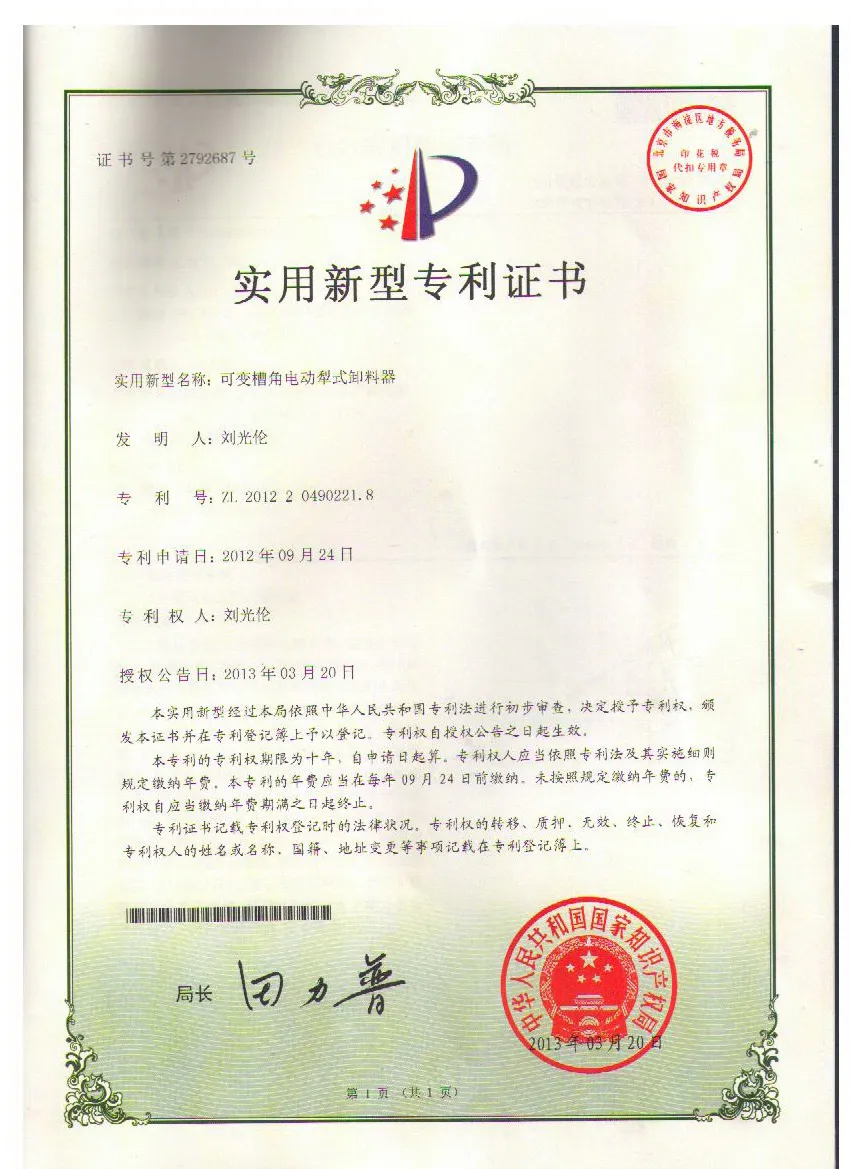 Afrikaans
Afrikaans  Albanian
Albanian  Amharic
Amharic  Arabic
Arabic  Armenian
Armenian  Azerbaijani
Azerbaijani  Basque
Basque  Belarusian
Belarusian  Bengali
Bengali  Bosnian
Bosnian  Bulgarian
Bulgarian  Catalan
Catalan  Cebuano
Cebuano  Corsican
Corsican  Croatian
Croatian  Czech
Czech  Danish
Danish  Dutch
Dutch  English
English  Esperanto
Esperanto  Estonian
Estonian  Finnish
Finnish  French
French  Frisian
Frisian  Galician
Galician  Georgian
Georgian  German
German  Greek
Greek  Gujarati
Gujarati  Haitian Creole
Haitian Creole  hausa
hausa  hawaiian
hawaiian  Hebrew
Hebrew  Hindi
Hindi  Miao
Miao  Hungarian
Hungarian  Icelandic
Icelandic  igbo
igbo  Indonesian
Indonesian  irish
irish  Italian
Italian  Japanese
Japanese  Javanese
Javanese  Kannada
Kannada  kazakh
kazakh  Khmer
Khmer  Rwandese
Rwandese  Korean
Korean  Kurdish
Kurdish  Kyrgyz
Kyrgyz  Lao
Lao  Latin
Latin  Latvian
Latvian  Lithuanian
Lithuanian  Luxembourgish
Luxembourgish  Macedonian
Macedonian  Malgashi
Malgashi  Malay
Malay  Malayalam
Malayalam  Maltese
Maltese  Maori
Maori  Marathi
Marathi  Mongolian
Mongolian  Myanmar
Myanmar  Nepali
Nepali  Norwegian
Norwegian  Norwegian
Norwegian  Occitan
Occitan  Pashto
Pashto  Persian
Persian  Polish
Polish  Portuguese
Portuguese  Punjabi
Punjabi  Romanian
Romanian  Russian
Russian  Samoan
Samoan  Scottish Gaelic
Scottish Gaelic  Serbian
Serbian  Sesotho
Sesotho  Shona
Shona  Sindhi
Sindhi  Sinhala
Sinhala  Slovak
Slovak  Slovenian
Slovenian  Somali
Somali  Spanish
Spanish  Sundanese
Sundanese  Swahili
Swahili  Swedish
Swedish  Tagalog
Tagalog  Tajik
Tajik  Tamil
Tamil  Tatar
Tatar  Telugu
Telugu  Thai
Thai  Turkish
Turkish  Turkmen
Turkmen  Ukrainian
Ukrainian  Urdu
Urdu  Uighur
Uighur  Uzbek
Uzbek  Vietnamese
Vietnamese  Welsh
Welsh  Bantu
Bantu  Yiddish
Yiddish  Yoruba
Yoruba  Zulu
Zulu use of snub pulley in belt conveyor
The Use of Snub Pulleys in Belt Conveyors
Belt conveyors are essential components in various industries, facilitating the efficient transport of materials over both short and long distances. One of the critical components in optimizing the performance of these systems is the snub pulley. Understanding the significance and functionality of snub pulleys can enhance the effectiveness of belt conveyors and improve operational efficiency.
What is a Snub Pulley?
A snub pulley is a type of pulley used in belt conveyor systems that serves an important role in controlling the tension of the conveyor belt. Situated near the drive pulley, the snub pulley engages with the belt, allowing for increased contact between the drive pulley and the belt itself. This increased traction leads to improved belt movement and helps to manage belt tension effectively.
Function and Benefits of Snub Pulleys
1. Increasing Belt Tension One of the primary functions of the snub pulley is to increase the tension of the conveyor belt. This is vital because a well-tensioned belt operates more efficiently, reducing slippage and enhancing the overall reliability of the conveyor system. The snub pulley achieves this by changing the angle of contact between the belt and the drive pulley, thus increasing the friction and grip.
2. Belt Alignment and Tracking Snub pulleys play a crucial role in maintaining belt alignment. Misalignment of the conveyor belt can lead to excessive wear, increased maintenance costs, and potentially hazardous operating conditions. The snub pulley assists in tracking the belt properly along the conveyor path, ensuring that it moves smoothly and remains oriented correctly.
use of snub pulley in belt conveyor

3. Reducing Slip and Wear In belt conveyors, slippage can occur if the belt does not grip the drive pulley adequately. This not only reduces efficiency but also leads to accelerated wear of both the belt and the pulley. By increasing the tension and improving the contact angle through the use of a snub pulley, slippage can be minimized, contributing to lower maintenance costs and extending the lifespan of the conveyor system.
4. Adjustability Many snub pulleys are designed to be adjustable, allowing operators to fine-tune the tension of the conveyor belt based on specific operational needs. This adjustability ensures that the belt operates under optimal conditions, further enhancing performance and efficiency.
5. Support under Load Variations In many industrial applications, the load on the conveyor system can vary significantly. Snub pulleys help accommodate these variations by maintaining the necessary tension in the belt, regardless of the load conditions. This adaptability is crucial for consistent operation and prevents sudden failures.
Conclusion
Incorporating snub pulleys into belt conveyor systems is a practical and effective strategy to improve performance, reduce maintenance needs, and enhance safety. Their ability to increase belt tension, maintain proper alignment, reduce slippage, and support load variations underscores their essential role in the successful operation of conveyor systems. As industries increasingly rely on automated material handling, understanding and utilizing the benefits of snub pulleys will be vital in optimizing the efficiency and longevity of belt conveyors.
Professionals involved in the design and operation of conveyor systems should prioritize the inclusion of high-quality snub pulleys to ensure smooth operations and minimize downtime. The investment in these components not only enhances productivity but also contributes to safer and more reliable industrial processes. As we continue to innovate and improve material handling solutions, the ongoing evolution of components like snub pulleys will play a significant role in shaping the future of conveyor technology.
-
Revolutionizing Conveyor Reliability with Advanced Rubber Lagging PulleysNewsJul.22,2025
-
Powering Precision and Durability with Expert Manufacturers of Conveyor ComponentsNewsJul.22,2025
-
Optimizing Conveyor Systems with Advanced Conveyor AccessoriesNewsJul.22,2025
-
Maximize Conveyor Efficiency with Quality Conveyor Idler PulleysNewsJul.22,2025
-
Future-Proof Your Conveyor System with High-Performance Polyurethane RollerNewsJul.22,2025
-
Driving Efficiency Forward with Quality Idlers and RollersNewsJul.22,2025





























